Florida travel guideThe Art Deco districtMiami Beach, Florida
The « Art Deco District » is located in Miami Beach, a seaside resort located at the gates of Miami, Florida. With its 1920s architecture and incredibly vibrant pastel colors, the « Art Deco District » sees tourists flocking throughout the day !
Listed since 1979
The « Art Deco District » or « Art Deco District » in its English version has been listed since May 1979 under the official name of « Miami Beach Architectural District » on the « National Register of Historic Places » of the United States. This register lists the official historic sites that deserve to be preserved across the United States.
Indeed, with the largest concentration of buildings showcasing 1920s and 1930s architecture in the United States, this district undoubtedly deserves its place among the remarkable sites to preserve !
A district with many facets !
The « Art Deco District » officially stretches approximately over an area bounded to the south by « 6th Street », to the north by « 23rd Street » and « Dade Boulevard », to the west by « Alton Road », and finally to the east by the Atlantic ocean.
The quick development and layout of the district in the 1920s, during the flourishing of the Art Deco artistic movement, gives it an architectural style of extraordinary coherence. The « Art Deco District » is mainly divided into three distinct zones based on the purpose of the buildings constructed.
First, a zone of small pastel-colored hotels along the beach facing the Atlantic ocean stretches along « Ocean Drive » and « Collins Avenue ». Then, a zone of small shops spreads along « Washington Avenue » and « Lincoln Road ». Finally, a residential zone is organized around « Flamingo Park ».
Helpful tips
The « Art Deco District » is accessible from Miami via 5 roads that take you across Biscayne Bay to Miami Beach. But there are also many routes to escape when the time comes after your visit, depending on traffic !
Indeed, Miami Beach is connected to the mainland to the south and north respectively by two main arteries that cross the water through Biscayne Bay: the « Mac Arthur Causeway » and the « Julia Tuttle Causeway », actually « Interstate 195 », which both concentrate traffic during rush hours. Secondary access roads also connect from south to north, including the « Venetian Causeway », positioned between the two main arteries, the « John F Kennedy Causeway » and the « Broad Causeway ».
The « Mac Arthur Causeway », illuminated in purple at night, extends into « 5th Street » and ends facing the Atlantic Ocean at « Ocean Drive ».
Things to visit in Miami Beach
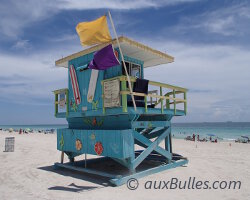
Miami Beach
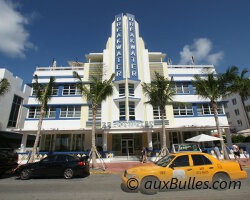
A walk down Ocean Drive
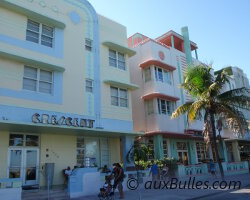
The Art Deco district
Things to visit in Florida
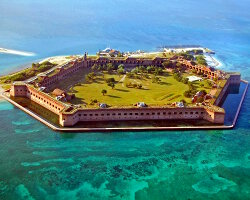
Dry Tortugas islands

The Everglades National Park

Fort Lauderdale, the Venice of America
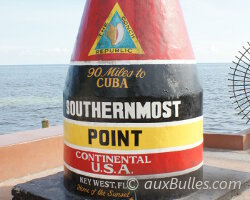
Key West island
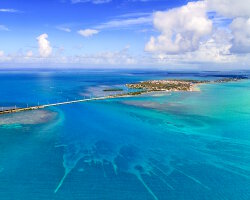
The Florida Keys, a necklace of islands in a turquoise setting
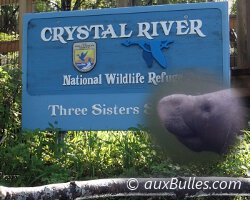
Swimming with manatees in Crystal River
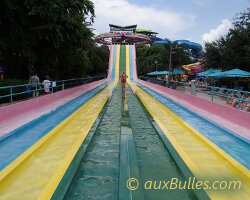
Orlando, the kingdom of theme parks

The best of outlets and malls
Things to visit in the United States
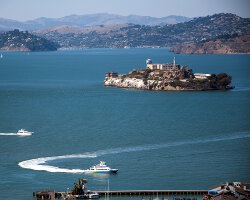
Alcatraz island

A visit to the Getty Center

The Getty Center with its ponds
Things to visit around the world
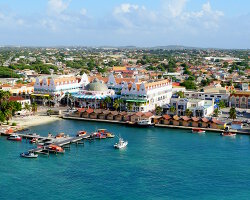
Aruba island
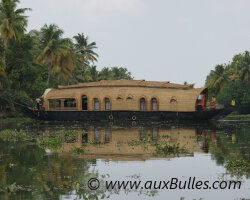
The Backwaters of Kerala

Dry Tortugas islands
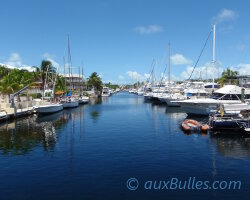
Key Largo island
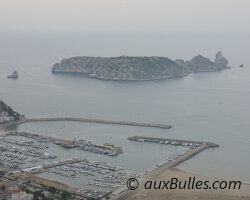
Medes islands
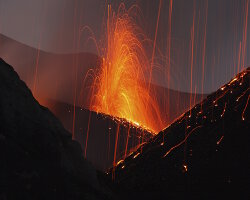
Stromboli island
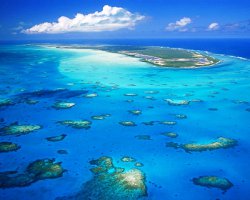
The british Virgin islands
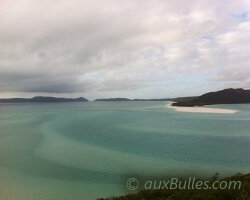
Whitsundays islands
Our latestUpdates
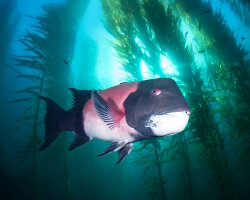
Thursday, October 2nd 2025
The California sheephead
Discover the California sheephead, a colorful fish of the eastern Pacific. Learn about its appearance, diet, habitat in kelp forests, unique sex-changing ability and role in marine ecosystems.

Monday, September 29th 2025
The banded guitarfish
Discover the banded guitarfish, a benthic eastern Pacific species with unique camouflage, living on sandy and rocky bottoms.
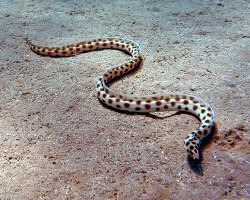
Thursday, September 25th 2025
The tiger snake eel
Explore the tiger snake eel (Myrichthys maculosus), featuring a creamy to pale yellow body dotted with black spots, and learn about its habitat, behavior and role in coral reef ecosystems.
Photo of the Day

Salmacine
(Filograna implexa)
(Filograna implexa)




